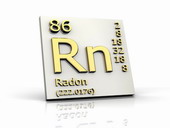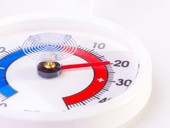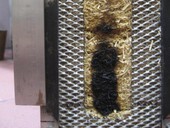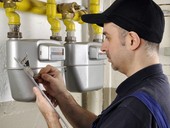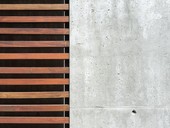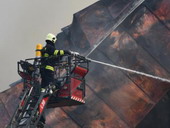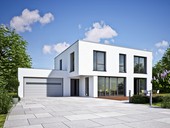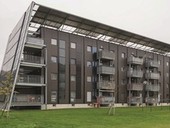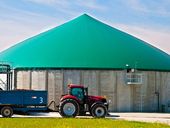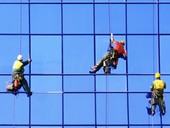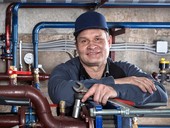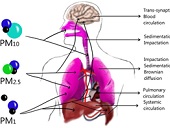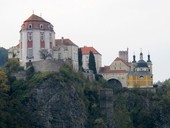The article explains the differences between the invention patents and utility model from the perspective of Czech legislation. Also highlights the confusion individual categories and purposeful fraud by producers and sellers of equipment.
Archiv článků od 31.10.2016 do 8.3.2017
Total cost of heating energy typically consists of two items. The former is the payment for consumed energy while the latter is the payment for reserved power capacity or reserved energy capacity in given period. If the customer pays for the reserved power capacity, he/she should address two questions: what is the most suitable level of reserved capacity and how to control the heating system so that the reserved capacity limits are not exceeded. Both questions can be readily solved with the aid of model based predictive controller.
Natural building materials are in recent years used still more often in civil engineering. One of these materials is also the straw. By its crushing and cutting into small pieces it is formed so-called crushed straw. The properties of this material, which are important for civil engineering, were not published yet unlike the properties of the straw in bales. In the Czech Republic there exist a many objects built from straw bales. In this paper there are described partial results of research which is implemented on Faculty of Civil Engineering, VSB – Technical University of Ostrava since 2013. The aim of this research it is to set fire resistance, thermal – technical properties and acoustical characteristics of crushed straw. There are described results of fire tests – flammability test and tests of single burning object (SBI). Subsequently there are referred results of thermal conductivity measurements, which were provided for different bulk densities of crushed straw.
Brief summaries of legislation in particular contain information about products with higher technical, technological and intelligent level, specifies requirements for installation and construction works, which require new measurement technology and represents a variant location measuring devices, especially in relation to other installation systems (electro).
The subject of this paper is a comparison of two experiments of timber-fibre concrete floors in fire, which consist of steel fibre reinforced concrete boards and glue-laminated timber beams. Main aim of this project is to assess the using of steel fibre reinforced concrete board, which work together with glue-laminated timber beams to increase fire resistance and investigate its behaviour in loaded construction.
For more than a year, a nearly zero-energy standard has applied to certain buildings. In the Czech environment, specific technical parameters for such buildings have been known for three years. And for over six years, the Directive on energy performance of buildings has been in force, imposing the obligation upon EU member states to introduce this standard.
Nevertheless, it seems that for many experts, including those in the field of energy, this term is still quite unclear. Many imagine buildings coated with photovoltaic modules from the ground to the roof, buildings which are better than passive ones or buildings which are self-sufficient, i.e. completely independent of public energy networks. Given the fact that the concept of a nearly zero energy building is very distant from such notions, and because this standard will soon become obligatory for all buildings, including small family houses, let's have a look at what a nearly zero-energy building really is.
The article describes the impact of the contemporary and future legislative requirements for new buildings in terms of their conception and utilization of renewable resources. Soon, the requirement of quality standard is going to be effective in the Czech Republic that is called building with nearly zero energy consumption. That quality standard is defined at national level by legal regulations based on the requirement of European standard. On examples of family house, residential house and administration building, the impact of the to-be-established requirements for building conception is being demonstrated from the construction as well as the technical systems' point of view. With the existing development trend maintained it can be expected that a building with nearly zero energy consumption will have, comparing to an existing building, a better quality building shell, technical systems working with high efficiency and potentially may but needn't be, partially supplied by renewable energy resources.
For rational design of concrete structures, it is necessary to take into account all types of loads to which the structure is exposed during the execution, operation and reconstruction. Biogas tanks belong to the group of constructions where the indirect and environmental loads represent a high risk to the reliability, particularly in terms of their serviceability and durability. The article analyses the effects of these loads as well as the causes of separation cracks formation.
Operators of boilers and heaters, solid fuel for power from 10 to 300 kW, connected to a hot water heating system, left last month in order to secure the obligatory checking its source authorized person (if not already). Perhaps the biggest problem are false inspectors who at the gullible and "ignorant" operators carry out checks without having to be entitled. Thus, the inspections carried out are usually cheaper than controls carried out by an authorized person, but from the perspective of the law are invalid.
zpět na aktuální články

